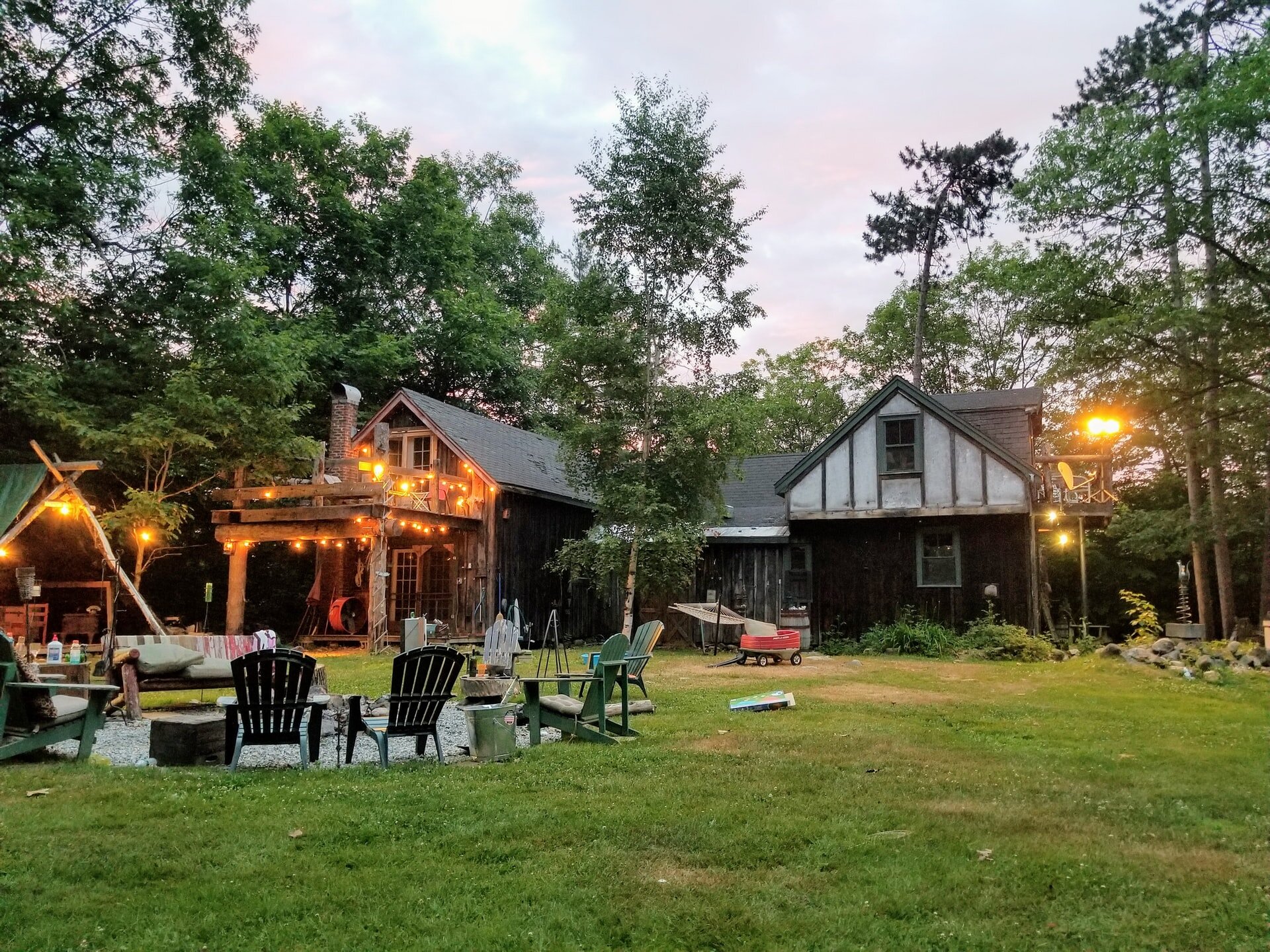Why More People Are Opting to Build Their Own Communities with Family and Friends
An increasingly large share of the homeowning population is forgoing the usual homebuying process and instead building up their own communities with family and friends.
In 2018, a group of seven friends built their dream retirement home together. In 2015, four couples in Austin, TX bought a plot of land together and built four tiny houses. In the last few years, stories like this have popped up more and more frequently.
Increasingly, people are abandoning the “single-family home with a picket fence” dream and instead building homes and neighborhoods together with their own carefully-chosen community. While this trend isn’t exactly new - it harkens back to human roots, medieval and beyond - it’s been revitalized by mostly millennials in the last decade and continues to gain popularity.
Why the departure from the ages-old “American dream” of a private, single-family home? It all comes down to intentionality.
There’s a newfound appreciation for connection and closeness.
While the trend of building a community alongside family and friends was already picking up steam before COVID-19 uprooted so many lives, it has certainly increased velocity since then. The pandemic has forced huge life changes on people around the world, and has introduced “new normals” that simply require people to lean on one another - both financially and emotionally.
By the end of 2020, over 10 million Americans were still unemployed. Moves out of one-bedroom apartments and back in with parents or friends were the saving grace for many people struggling to get back on their feet. For many, living alone - let alone trying to buy or build a home alone - simply doesn’t make financial sense.
People have also been forced to realize the value of one another’s company. Pastimes commonly taken for granted a couple years ago, like a simple dinner party or a night out, aren’t so easy anymore, and no matter how many Zoom happy hours take place, most people are hungry for more interaction. Surrounding ourselves and filling our households and neighborhoods with the most important people in our lives feels more important than ever.
The “status quo” of housing and community building isn’t cutting it anymore.
From overly competitive markets to the “one size fits all” approach of many new developments, the world of housing leaves much to be desired in many areas. Searching for a home often comes down to a list of compromises and ends with a bit of buyer’s regret and a lot of debt.
For many, the time of cookie-cutter houses in scattered neighborhoods where neighbors don’t know each other’s names is over and done. Instead, a push toward intentional community-building has taken center stage and a desire to live in a community with like-minded individuals has become the top priority. Building with a targeted community focus, like sustainability, makes for a more tight-knit and ultimately content neighborhood overall.
Building means opportunities to prioritize what matters.
The chance to customize a home, or buy a lot and arrange and customize multiple homes on it, means the chance to begin from the ground up and make careful choices around what matters most. Sustainable materials, open living areas, multiple work spaces, energy-efficient appliances - anything is on the table, and everything can align seamlessly with the lifestyle and tastes specific to the buyer. It’s not built for just anyone, it’s created specifically for the people who will live there.
In addition to customizing within the home or homes themselves, the opportunity to make intentional choices about how the rest of the lot will be used can also help create the ideal lifestyle. Communities can choose to leave their grass-mowing days behind and opt for more gardening space instead, or build in plenty of outdoor areas for entertaining.
At Atmos, we help you build the home of your dreams so you can be a part of your ideal community. Build intentionally, from design to construction, when you build with Atmos.

